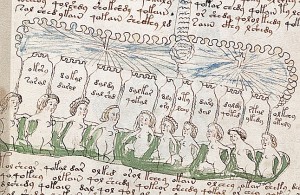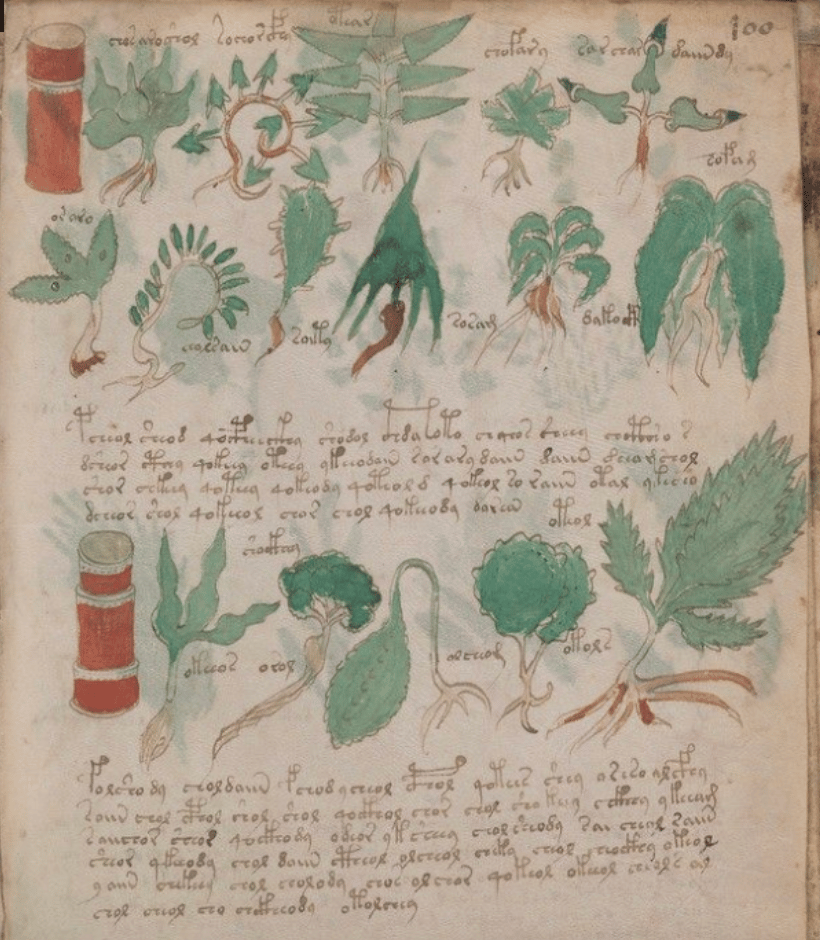Hello from 4300 km on Swiss Air, an airline I will never fly again.
It’s been an absolute daymare. TL; DR-ish: The Swiss rejected Busy from our connecting flight in Zurich claiming I didn’t have the proper documents (I did), that I hadn’t paid (I had), that taking a pet on board isn’t an option (it is), that I’d neglected to add her to my booking (I hadn’t), and on…
We made it onto the plane with 40 seconds to spare, where I am now writing this piece.
America is on fire, but friends, I cannot wait to return home.
LET’S DO THIS…
You’re reading The How to Live Newsletter, where we uncover the hidden psychological forces shaping our lives—and learn how to outgrow their influence.
Through deep research, personal storytelling, and hard-won insight, I challenge the myth of normalcy and offer new ways to face old struggles.
This work is reader-supported. If it speaks to you, consider a paid subscription for deeper insight, off-the-record writing, and seasonal in-person gatherings. ❤️
The Necessary Unknown: The Voynich Manuscript, Winnicott's Third Space, and Why We Need What We Cannot Understand
It is in the space between inner and outer world that intimate relationships and creativity occur.
In the library at Yale University, there is a book no one knows how to read.
It sits behind glass, dates back to the early 15th century, and is written in an alphabet that appears nowhere else on Earth. For six centuries, not a single human being has been able to decipher a word of it.
No one knows if it contains prophecies, spiritual revelations, or scientific secrets, whether it's the world's most elaborate medieval prank or a more contemporary hoax perpetrated by the man who claimed to find this remarkable Codex.
Welcome to the maddening puzzle of The Voynich Manuscript.
Imagine spending your entire professional career—decades of specialized training in linguistics, cryptography, or medieval history—only to be thoroughly defeated by the work of an unknown scribe who's been dead for half a millennium.
This is precisely what's happened to generations of the world's brightest minds.
NSA cryptographers who cracked wartime military codes?
Stumped.
Linguists who can decipher ancient forgotten languages?
Baffled.
AI systems that can beat grandmasters at chess and Go?
Useless.
This perplexing manuscript, written on 240 vellum pages, contains illustrations of unidentifiable herbs and botanicals—the plants here resemble nature on an ayahuasca retreat.
What makes this centuries-old puzzle so infuriating isn't just that we can't read it—it's that it looks like we should be able to.
The text displays all the hallmarks of actual language. The letter frequencies, word lengths, and repetition patterns mirror those found in natural human communication. Certain characters appear only at the beginnings of words, others only at the ends. The "words" seem to follow consistent grammatical rules.
The manuscript is no casual doodle.
Microscopic analysis shows that someone with the practiced fluidity of the writing system wrote the text without hesitation marks. No revisions. Just the smooth, confident hand of someone writing in what appears to be their native script—a script that exists nowhere else in the historical record.
You don't need to examine the illustrations long to see that the plants don't exist, wired as they are with impossible root structures and leaf arrangements.
For a complete physical description and foliation, including missing leaves, see the Voynich catalog record.
The astronomical pages show circular diagrams with symbols suggesting Zodiac meanings but conforming to no known medieval cosmology.
Most bizarre are the "balneological" pages, showing naked female figures bathing in interconnected pools of greenish liquid, some emerging from what appear to be organic tubes or pods.

All were meticulously drawn in expensive pigments on high-quality calfskin parchment that carbon dating places between 1404 and 1438. Someone invested serious time and resources into creating this object, but why? And to what end?
To read a detailed chemical analysis, go here.
We Be Stumped.
The history of attempts to crack the Voynich code reads like a catalog of brilliant people being utterly humiliated and involves a bunch of Williams (okay, two).
William Friedman led the team that broke Japan's Purple cipher in WWII—an achievement that changed the war's course. Yet, after 30 years of studying the Voynich Manuscript with his equally brilliant wife Elizebeth, he admitted defeat, suggesting only that it might be an early constructed language.
William Romaine Newbold (so many Williams!), a respected medieval scholar, announced with great fanfare in 1921 that he'd discovered Roger Bacon's secret microscopic shorthand in the text. His theory collapsed when another scholar demonstrated that the "microscopic characters" were cracks in the aged ink.
Upgrade to read more about the Voynich Manuscript, who has tried and failed to crack it, and how psychologist D.W. Winnicott's Potential Space Theory provides the perfect lens to understand the unknown.
Join How to Live
For people who live in their heads, feel more than they show, and want a language for both.
Every Essay, Every Time.What you’ll receive as a subscriber::
- Every new essay, the moment it’s published
- Full access to the complete archive—150+ posts and counting
- Bonus pieces and experiments-in-progress, shared occasionally
- Invitations to seasonal, in-person gatherings
- A direct line to me (annual subscribers): personal replies and tailored recommendations
- 15% off all workshops and live events



